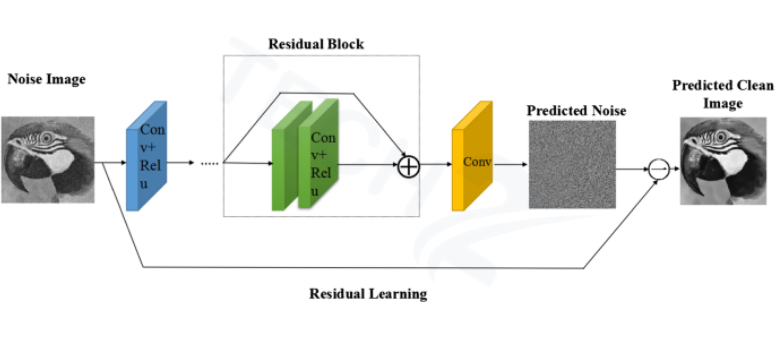
Introduction:
Image recognition is the task of classifying an image into one of a set of predefined categories. It is a challenging task, as images can be of varying sizes, contain multiple objects, and be corrupted by noise.
Deep learning has been very successful in image recognition. Deep learning models are able to learn hierarchical features from images, which allows them to make accurate classifications.
One of the most popular deep learning models for image recognition is the Residual Neural Network (ResNet). ResNets are able to achieve state-of-the-art results on a variety of image recognition benchmarks.
How ResNets Work:
ResNets work by stacking together a series of residual blocks. Each residual block consists of two convolutional layers, followed by a shortcut connection. The shortcut connection skips over the convolutional layers, and simply passes the input to the output.
The residual block is designed to make it easier for the deep network to learn. The shortcut connection allows the network to learn the residual between the input and the output, rather than learning the entire function from scratch.
The residual block is mathematically represented as below:
y = F(x) + x
where y is the output of the block, x is the input to the block, and F is a function that is implemented by the convolutional layers.
The residual block is a simple concept, but it is very effective. It allows the deep network to learn more easily, and it helps to prevent the vanishing gradient problem.
A like blog – FullStack Deep Learning

Advantages of ResNets
ResNets have several advantages over other deep learning models for image recognition. First, they are able to learn deeper networks without encountering the vanishing gradient problem. The vanishing gradient problem is a problem that occurs when the gradients of a deep network become too small, and the network becomes difficult to train.
Second, ResNets are able to achieve state-of-the-art results on a variety of image recognition benchmarks. For example, ResNet-50 achieved a top-5 error rate of 2.3% on the ImageNet dataset, which is a benchmark dataset for image recognition.
Applications of ResNets
ResNets have been used in a variety of applications, including:
- Image classification
- Object detection
- Face recognition
- Medical image analysis
- Natural language processing

Conclusion:
ResNets are a powerful deep learning model for image recognition. They are able to achieve state-of-the-art results on a variety of image recognition benchmarks, and they are relatively easy to train. ResNets are likely to continue to be used in a variety of applications in the future.
In addition to the advantages mentioned above, ResNets also have several other advantages. For example, they are able to generalize well to new data, and they are well immune to noise/sound and other types of distortions.
ResNets are a powerful tool for image recognition, and they have the potential to revolutionize the way we interact with computers. They are already being used in a variety of applications, and they are likely to be used in even more applications in the future.
A like blog – Deep Q-Learning
